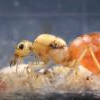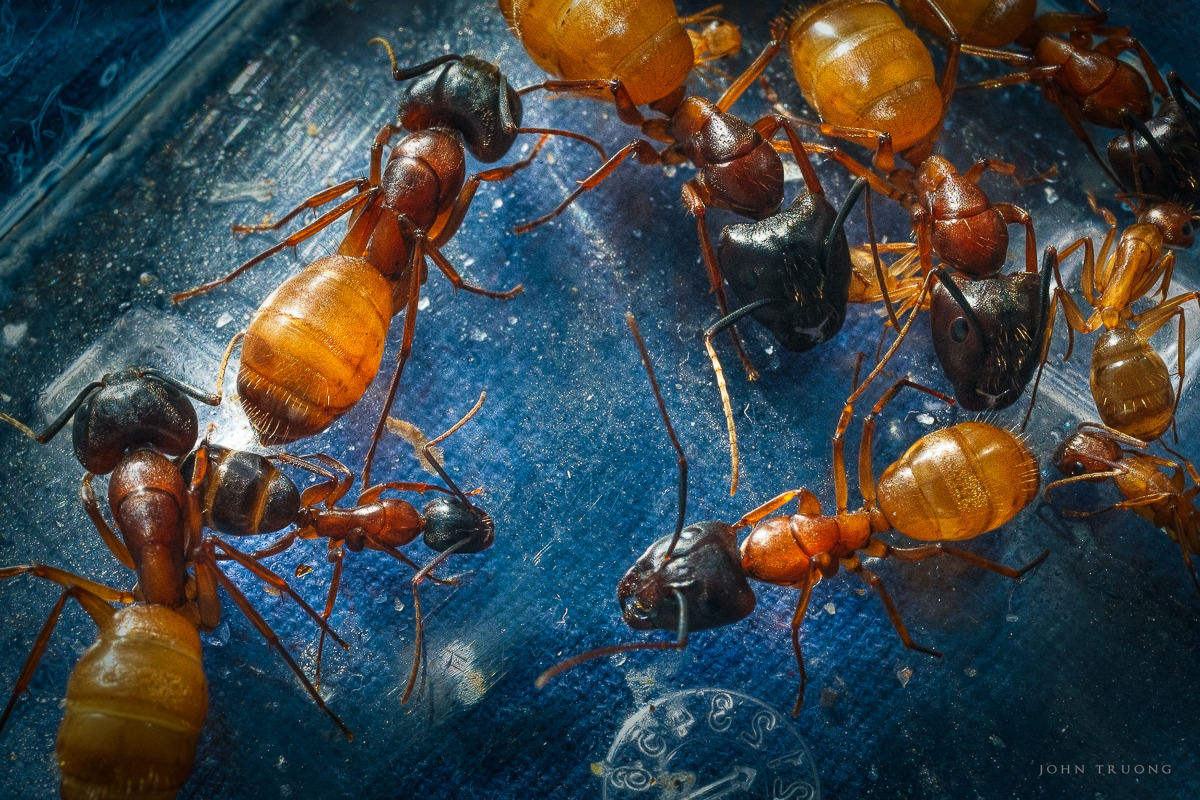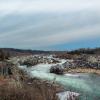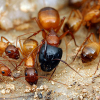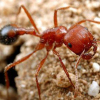I am creating this just as a placeholder. I don't know how much time I will have to keep this updated on a consistent basis, but wanted to just put it out there and let others know what I have.
I found this C. sansabeanus queen along with her colony two summers ago up in the San Gabriel Mountains at Crystal Lake (all the way up highway 39). They are similar to C. vicinus which I also have, except their coloration is more yellow/orange and the C. vicinus is more red. The base of their scapes are also not completely flattened like C. vicinus (according to Drew and antweb).
I like calling them salsa beans.
I just dumped them into a new bin with fresh test tubes and they have settled in nicely. I unfortunately neglected them over the winter break and did not hibernate them. But they seem OK.

Edited by nurbs, June 20 2015 - 10:55 AM.


